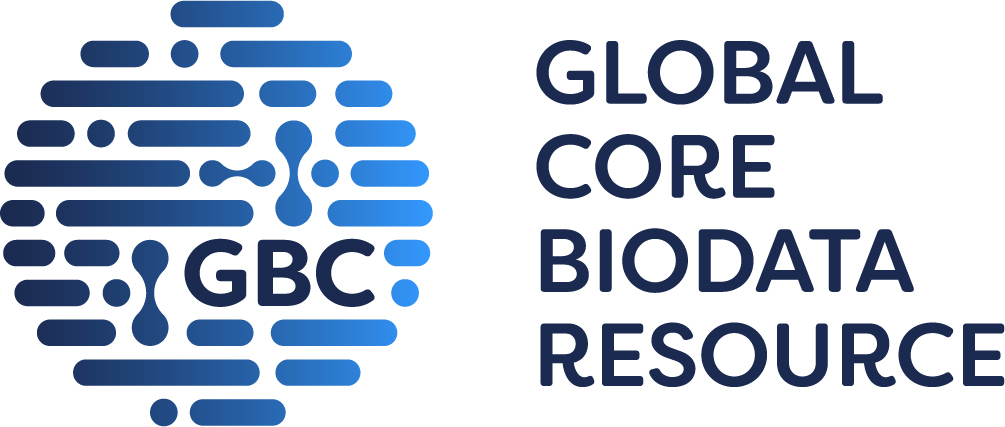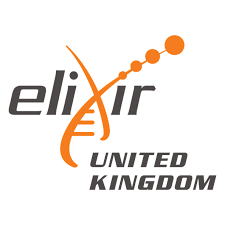
GtoPdb is requesting financial support from commercial users. Please see our sustainability page for more information.
Spinocerebellar ataxia 13; SCA13

GtoPdb Disease Summaries
This section gives an overview of the disease, and where available shows the following:
- Synonyms: Shows known synonyms for the disease.
- Description: Gives a basic description/definition of the disease.
- Database Link: External links to the same disease at the Disease Ontology, OMIM or Orphanet sites.
- Immunopharmacology comments: General comments about the target's role in immunopharmacology, provided by GtoImmuPdb curators.
- Associated with: Counts are displayed for the total targets the disease is associated with in GtoPdb. The counts of targets and ligands of immunological relevance associated to the disease are also shown.
More information can be found in the help pages.
✖| Disease ID: | 877 | |
| Name: | Spinocerebellar ataxia 13; SCA13 | |
| Associated with: | 1 target | |
| Synonyms |
| Spinocerebellar ataxia |
| Database Links |
|
Disease Ontology:
DOID:1441 OMIM: 605259 Orphanet: ORPHA98768 |
Targets

GtoPdb Disease Summaries - Targets
Click on the target name to link to its detailed view page
Where available, information is display on the role of the target in the disease; drugs which target the disease and their therapeutic use and side-effects.
If there is mutation data curated in GtoPdb this is indicated, with a link back to the appropriate section on the target detailed view page
Immuno ligand interactions - If available, a table of immuno-relevant ligands is shown. These ligands have been curated as having an association to the disease and possess interaction data with the target in GtoPdb. The approval status of the ligand is shown, along with curator comments and an indication of whether the target is considered the primary target of the ligand.
More information can be found in the help pages.
✖| Kv3.3 | |
| Role: | Spinocerebellar ataxia occurs with/without epilepsy and/or intellectual disability as a result of mutations in KCNC3. A variety of non-coding, missense, non-synonomous, dominant negative and nonsense mutations have been seen throughout the protein sequence, with genotype/phenotype correlations an ongoing focus. |
| References: | 1-6 |
Ligands

GtoPdb Disease Summaries - Ligands
Click ligand name to view ligand summary page
- Approved: If the ligand is an approved drug this is indicated, along with approval bodies.
- Immuno: Immuno icon indicates the ligand is immuno-relevant
Click the arrow in the final column to expand comments
- Immuno Disease Comments: Curatorial comments specifically added as part of GtoImmuPdb. They give more information on the association between the ligand and disease in the context of immunopharmacology.
- Clinical Use: General clinical comments relating to the ligand and may not necessarily be specific to the disease in question. With hyperlink to more details on the ligand summary pages.
- Bioactivty Comments: Curatorial comments specifically about the compounds biological activity - with hyperlink to more details on the ligand summary pages.
More information can be found in the help pages.
✖No ligand related data available for Spinocerebellar ataxia 13; SCA13
References
1. Duarri A, Nibbeling EA, Fokkens MR, Meijer M, Boerrigter M, Verschuuren-Bemelmans CC, Kremer BP, van de Warrenburg BP, Dooijes D, Boddeke E et al.. (2015) Functional analysis helps to define KCNC3 mutational spectrum in dutch ataxia cases. PLoS ONE, 10 (3): e0116599. [PMID:25756792]
2. Figueroa KP, Minassian NA, Stevanin G, Waters M, Garibyan V, Forlani S, Strzelczyk A, Bürk K, Brice A, Dürr A et al.. (2010) KCNC3: phenotype, mutations, channel biophysics-a study of 260 familial ataxia patients. Hum Mutat, 31 (2): 191-6. [PMID:19953606]
3. Figueroa KP, Waters MF, Garibyan V, Bird TD, Gomez CM, Ranum LP, Minassian NA, Papazian DM, Pulst SM. (2011) Frequency of KCNC3 DNA variants as causes of spinocerebellar ataxia 13 (SCA13). PLoS ONE, 6 (3): e17811. [PMID:21479265]
4. Ghanshani S, Pak M, McPherson JD, Strong M, Dethlefs B, Wasmuth JJ, Salkoff L, Gutman GA, Chandy KG. (1992) Genomic organization, nucleotide sequence, and cellular distribution of a Shaw-related potassium channel gene, Kv3.3, and mapping of Kv3.3 and Kv3.4 to human chromosomes 19 and 1. Genomics, 12 (2): 190-6. [PMID:1740329]
5. Pagon RA, Adam MP, Ardinger HH, Wallace SE, Amemiya A, Bean LJH, Bird TD, Dolan CR, Fong CT, Smith RJH et al.. (1993) Spinocerebellar Ataxia Type 13. GeneReviews(®),. [PMID:20301404]
6. Waters MF, Minassian NA, Stevanin G, Figueroa KP, Bannister JP, Nolte D, Mock AF, Evidente VG, Fee DB, Müller U et al.. (2006) Mutations in voltage-gated potassium channel KCNC3 cause degenerative and developmental central nervous system phenotypes. Nat Genet, 38 (4): 447-51. [PMID:16501573]






